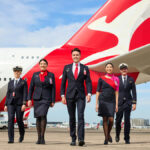
Qantas to make Frequent Flyer scheme revenue based?
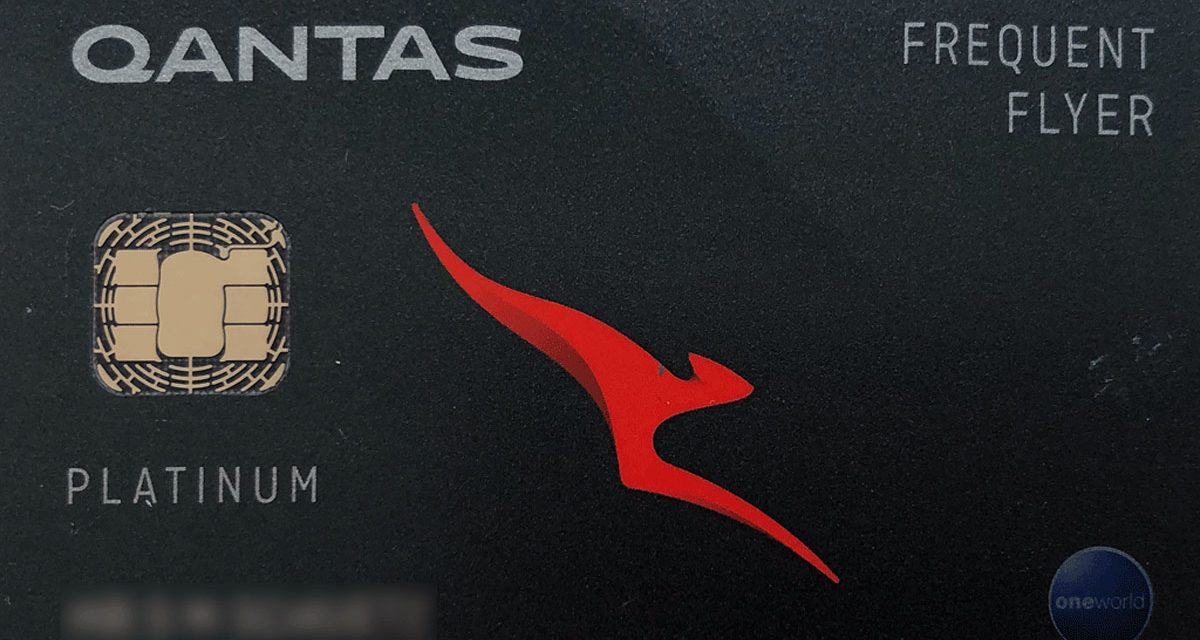
“the biggest overhaul to the airline’s loyalty program in its 32 year history.”
Qantas media alert
Thursday, June 20 sees Qantas CEO Alan Joyce, and Qantas Loyalty CEO – Olivia Wirth holding a press conference to announce ‘significant changes‘ to the program.
What’s the bet that the ‘significant changes‘ are primarily about increasing revenue for their highly successful loyalty program, rather than sustained benefits for Frequent Flyer members?
Qantas Frequent Flyer and its parent Qantas Loyalty group remain a reliable river of gold – if not platinum – for the airline.
Qantas Loyalty is a much more successful part of the Qantas group business than actually flying – certainly more financially successful than the international flight division. Qantas loyalty contributed AU$175 million profit in the first six months of the financial year 2018. That’s double the contribution of their international division.
Content of this Post:
Loyalty history
Loyalty programs were born of USA airline deregulation. Their conception predates this. It started with customer tracking in the 1950s by United Airlines, which then commissioned the developement of the first scheme by Western Direct Marketing for United Airlines in 1972. But it was deregulation that made it a race, with American Airlines, Delta, Continental and even British Airways all entering at the beginning of the 1980s.
They became a means for airlines to differentiate themselves outside of price, frequency, reliability and service. Frankly, airline ‘miles’ are an easier sell than proving the superiority of your service!
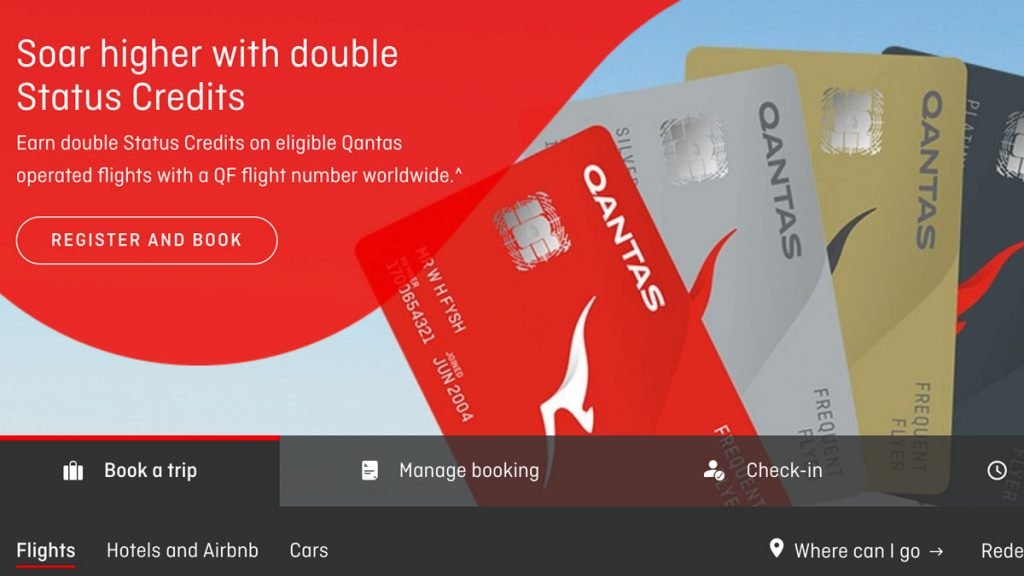
The lure of Travel
Now, frequent flyer schemes are much more about selling ‘miles’ for cash to third parties – to American Express, or to Westpac credit cards, or Coles, or Woolworths or Uber. Sometimes, direct to the public.
That’s how the airlines make their money – because, we the public love the thought of getting something for nothing – even though in most cases (unless you devote time and energy to it) it is chimerical. Like chasing shadows. We will choose the card that comes with free points, despite its high credit charges, or membership fee.
And it costs the airlines little or nothing. With sophisticated algorithms to predict passenger loads, airlines today are usually giving away perishable goods – airline seats that would go unoccupied.
Significant predictions
I’m going to stick my neck out and make some broad, and some more specific predictions about Thursday’s announcement. What’s the worst that can happen – I could be wrong, I suppose.
Make no mistake – this change is going to go one way, and that means it’s going to be a . . .
Devaluation of
2PAXfly PREDICTION
Qantas Frequent Flyer Points
So far, Qantas has based its loyalty scheme primarily on how far and how regularly you travel. That determines how many points you earn, and how many status credits you get in a year, which adds to your benefits.
Revenue based rather than distance based
Airlines are now much more venal – they are slowly but surely moving loyalty programs over to a revenue model. So if you travel frequently, at expensive ‘flex’ or in a premium class, and therefore pay more, you are going to get a lot more advantage over someone like me who travels regularly, but on the cheapest available airfare.
Points will now be awarded on how much you spend,
2PAXfly PREDICTION
not how much you travel.
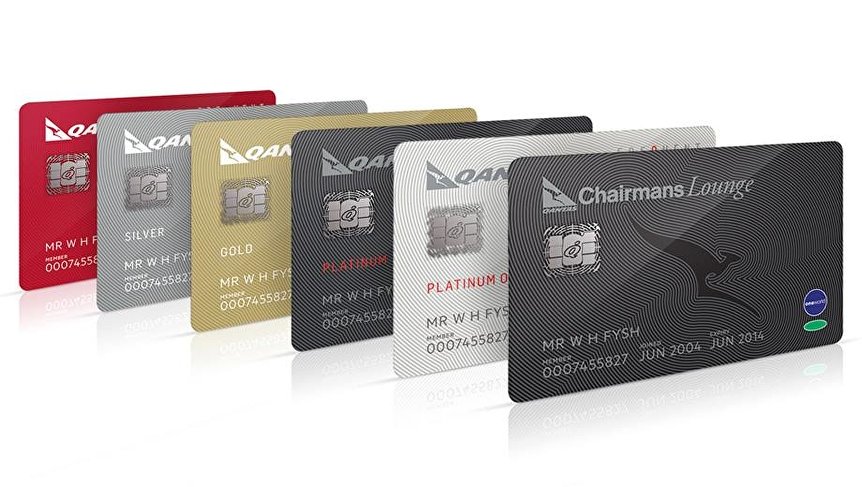
Dynamic redemptions
At the moment, Qantas runs two major forms of points redemption for flights:
- Classic Flight Rewards – which are a set amount for the route, upgrade, class and airline you travel on
- Points plus pay – which usually requires a huge number of points plus a little cash, which you can determine
The next move will be away from setting amounts for classic rewards, making all points redemptions dynamic. Qantas will sell this to us all, as other airlines do, as:
- giving customers unlimited reward seats
- having no blackout dates
- providing flexibility which is what passengers want
Dynamic pricing of paid (revenue) tickets is the current trend and is becoming standard across major loyalty programs.
Qantas will follow and start applying these sophisticated algorithms to awards redemptions. American Airlines is doing it, the Star Alliance has said it’s the way to go. This is the price us innocent frequent flyers will need to pay.
No more points redemption tables.
2PAXfly PREDICTION
The number of points you need to redeem for a flight will be dynamically calculated.
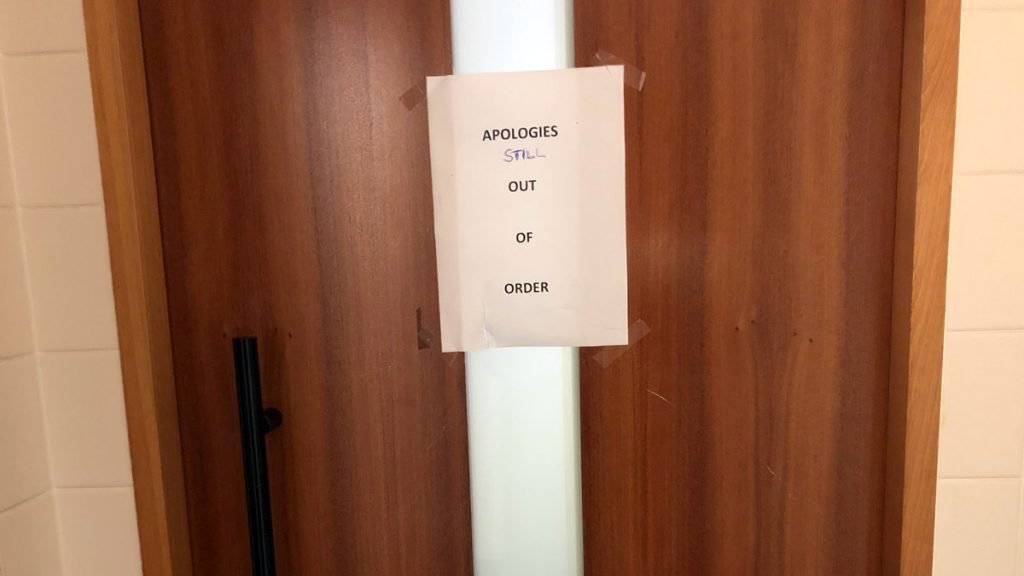
What will Qantas give to frequent flyers for all this pain?
Qantas is going to have to offer something as a reward. One bone of contention, particularly with those that earned their points as travel for work and now want to take advantage of them on long-haul redemptions in their retirement is points expiring. In Qantas’s case, this happens after 18 months of no activity. Go look in the letters sections or the travel discussion boards, and they are filled with every kind of outrage.
Points no longer expire – or you have more than eighteen months of inactivity before they expire.
2PAXFLY PREDICTION
This initiative won’t cost the airline much, but will be well received.
Expansion of the worst way to redeem points
Along with points plus pay, redeeming points for goods are the worst way and least value-for-points way of redeeming frequent flyer points. Expect a vast expansion of these opportunities.
More ways to redeem your points for less value
2PAXFLY PREDICTION
Overhaul of Status Levels, and lifetime Platinum
In another gift – I think there will be an overhaul in the points required to achieve silver, gold, Platinum and Platinum One status.
On the whole I expect Gold and Platinum status to get harder to earn – either due to increased qualifying status credits, or more qualifications around double status credit promotions. As a sop, they may make Silver easier to earn – because you get not-very-much for Silver.
Other possibilities are renaming Platinum One to Titanium or some-such and introducing a Lifetime Platinum reward.
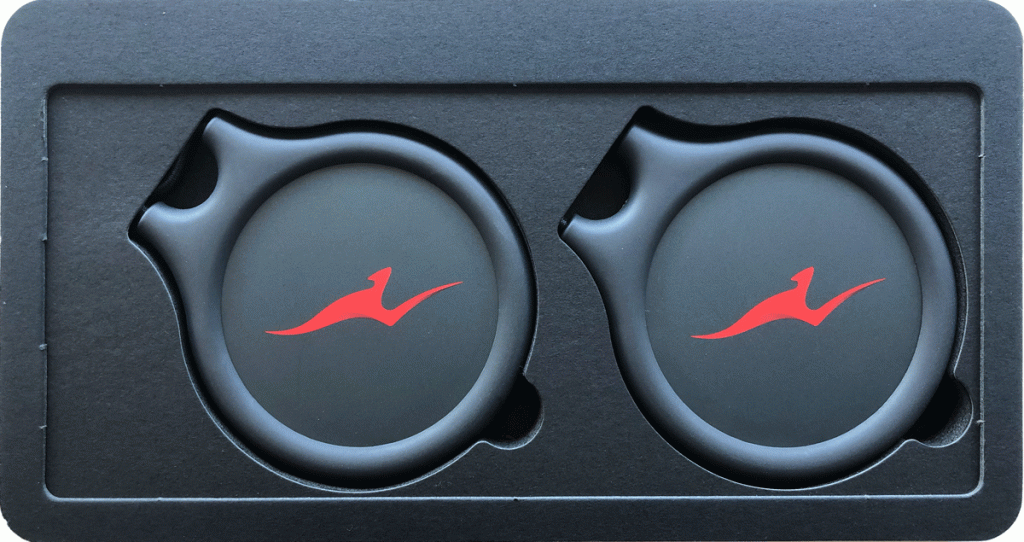
[UPDATE] Status Credit earn on spend other than on Qantas Flights
One thing that Qantas could expand – and there has already been a hint of it, is to allow other forms of spending to acquire Status Credits. Previously these have been restricted to flights on Qantas and One World Partners, but they have tested the water by awarding them with some credit cards – as a trial. It would encourage the take-up of more Qantas Rewards earning Credit Cards, which would increase the Loyalty divisions income – especially if they can sell status credits to their partners at a premium.
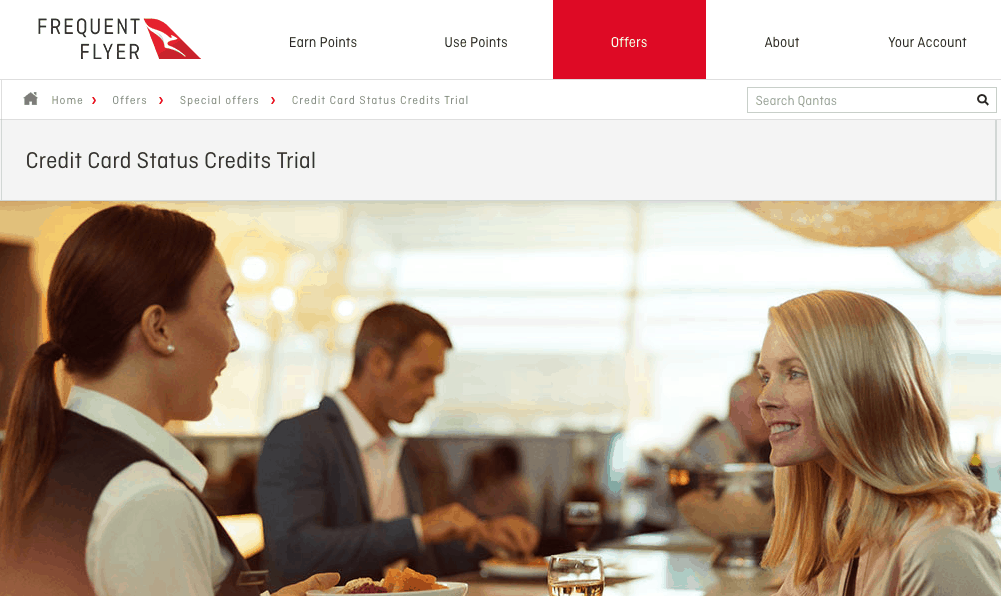
What I don’t think we will see
Over at the high life, they are hopeful that the changes will mean more premium award seats and lower cash surcharges, but higher cost
. . . more premium award seats released, with lower cash surcharges but higher points costs.
thehighlife.com.au
This view is based on a survey received by a contributor to the Australian Frequent Flyer at the end of 2018. They quote the survey:
“Qantas is considering making changes to our classic flight rewards in order to better address the needs of our customers. These changes will include changes to the number of points required to get to different destinations, as well as to the portion of cash required in addition to points (made up of Government tax, carrier charges, and fees). These changes will help Qantas to increase the number of seats we can set aside for customers to redeem for a classic flight reward. The percentage of flights where a seat is available for a classic reward will also increase, depending on the route and cabin. A summary of the changes being considered is below (please note these are examples only).”
kpc on Australian Frequent Flyer forum
There is even a table of suggested charges and points.
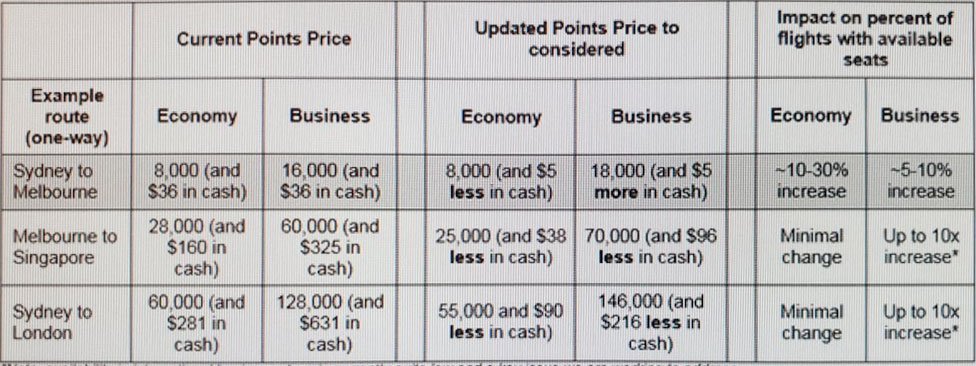
Changes such as this are significant, but don’t warrant the “. . . biggest overhaul to the airline’s loyalty program in its 32 year history.” moniker.
We may see these changes – but I think we are looking at something more significant unless Qantas is just over-hyping again – something they never, never do!
2PAXfly Take Out
Well, we only have to wait less than 48 hours until the announcement, so I’m going to make my takeout broad.
The one certainty is – devaluation – if they follow the worldwide trend, the Qantas FF scheme will become less advantageous to frequent flyers and points and awards geeks and will become more beneficial to Qantas.
I’d bet my points balance on it.
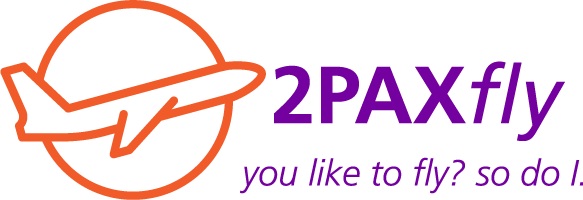
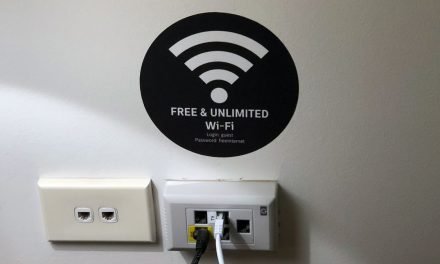
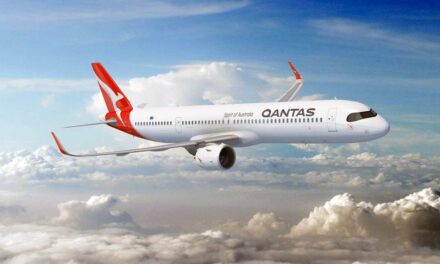
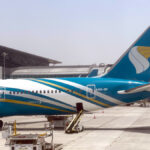
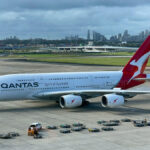


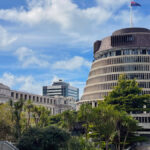

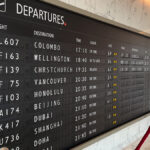
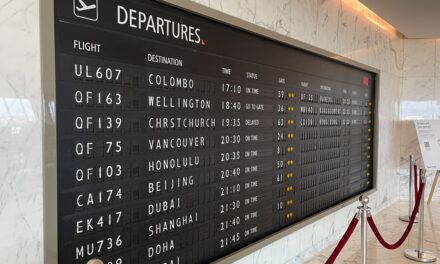

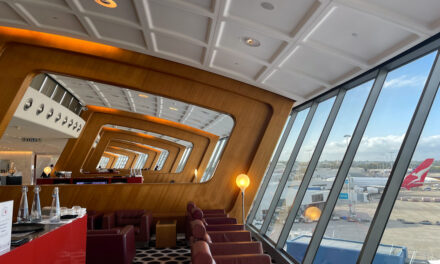


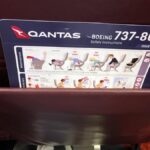

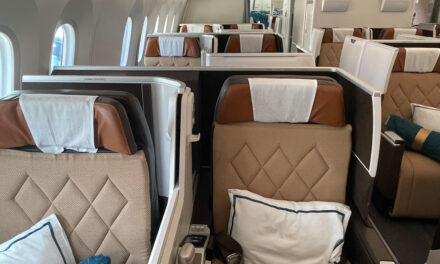
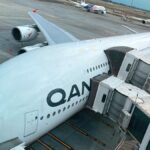



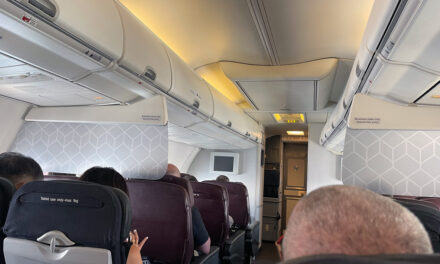



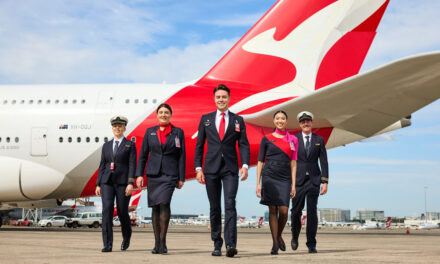
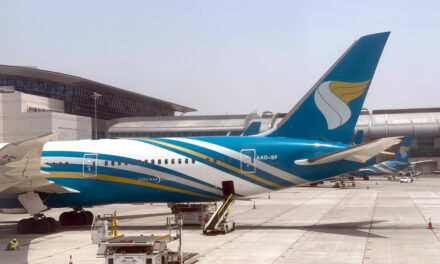


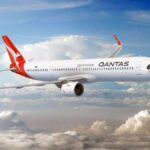

What did you say?